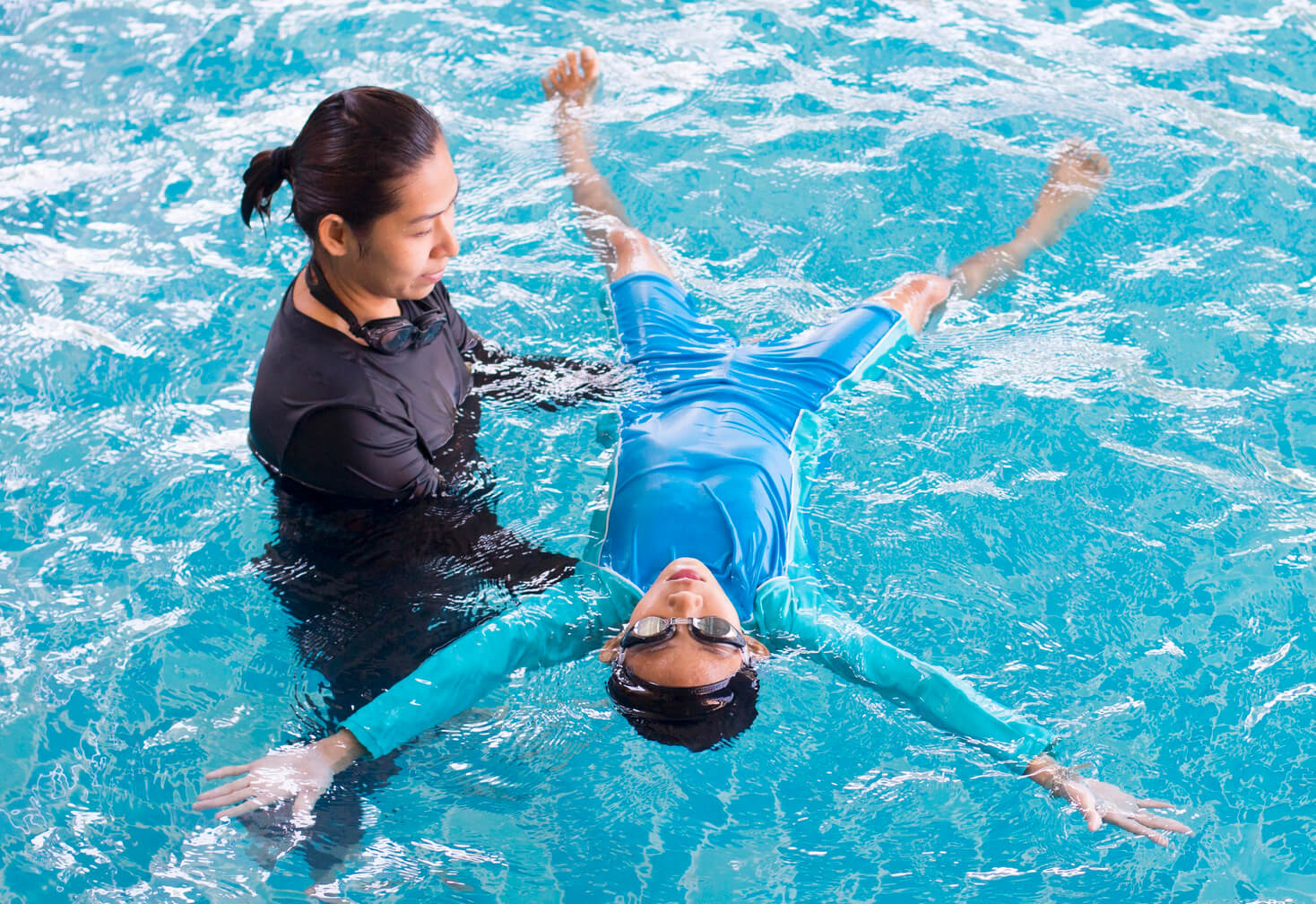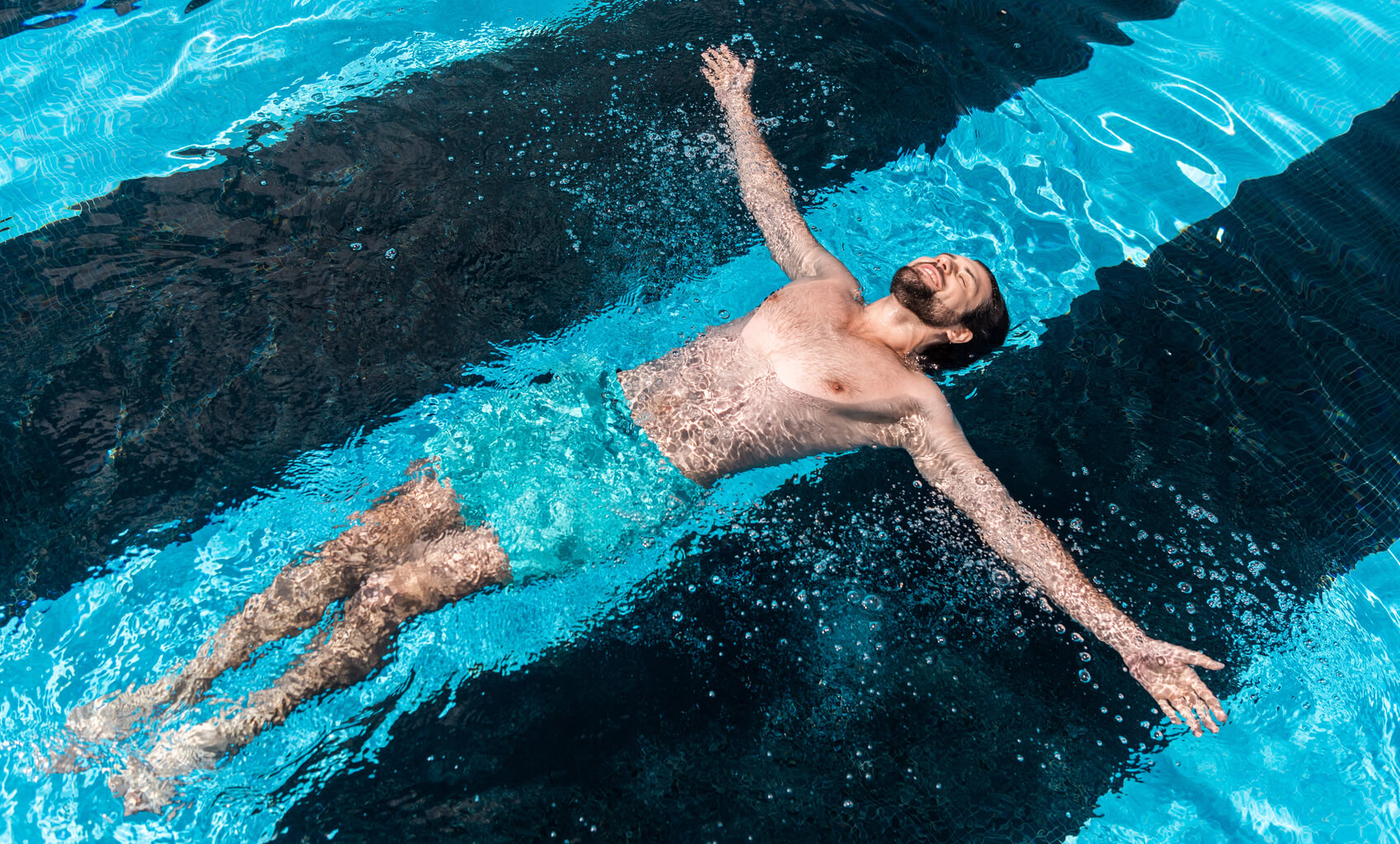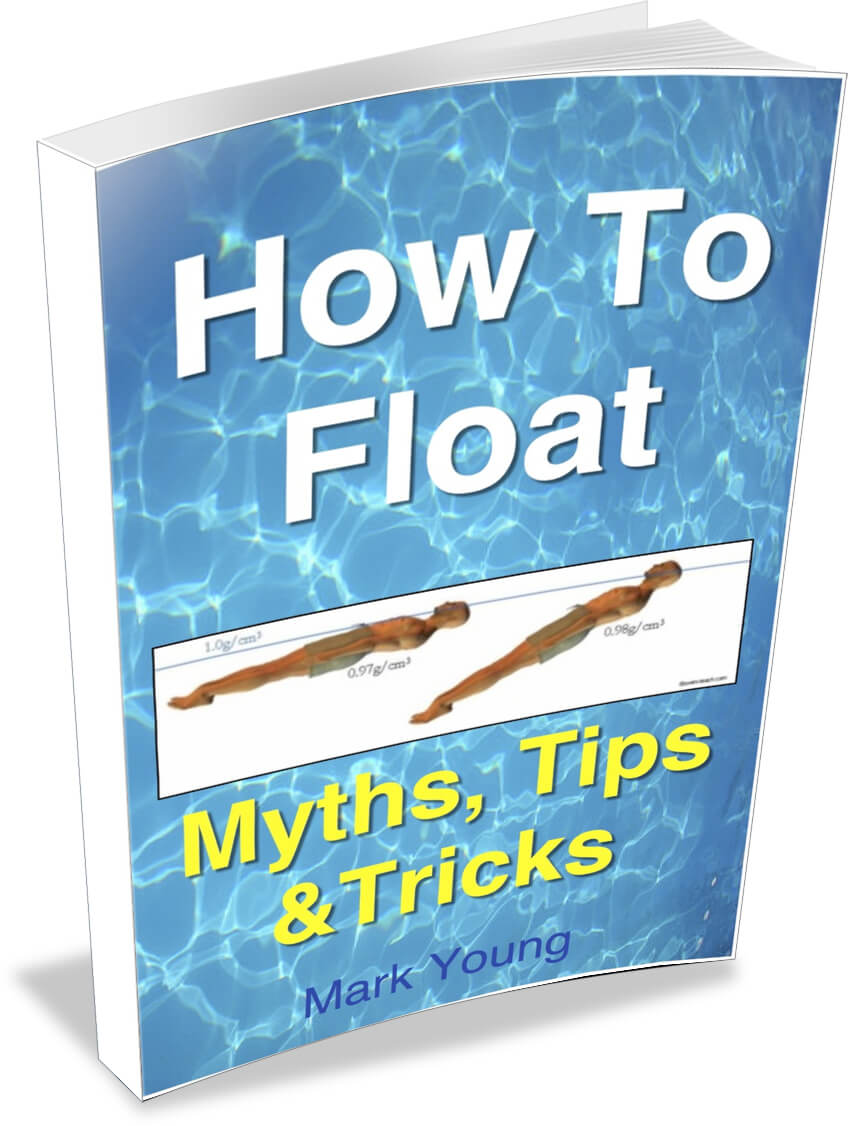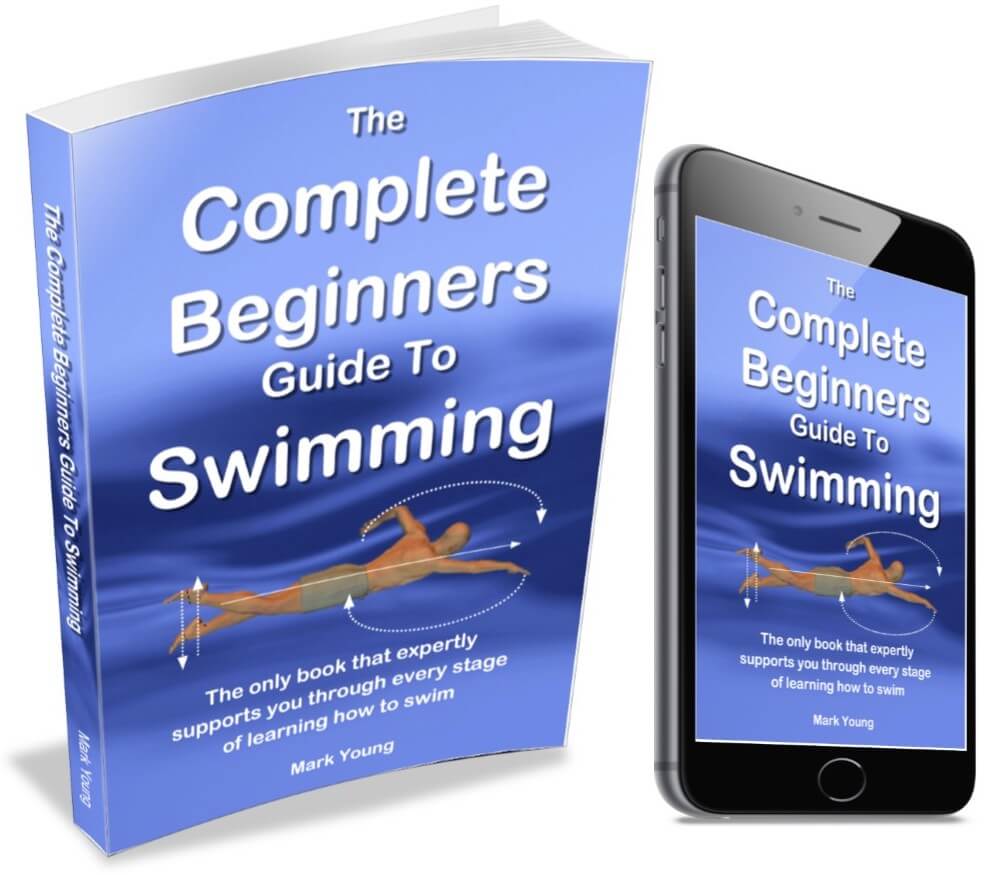- Swim Teach Home
- tips for beginners
- How Do I Float
How Do I Float? An Eye-Opening Guide for Beginners Who Think They Sink
If you've ever thought, "I just can't float!" - you're not alone. Honestly, so many people feel that way when they first venture into the water and begin learning to swim. But here's the truth: you absolutely can learn to float, even if it feels impossible right now.
Floating isn't about being a "natural" swimmer or having some special body type. It's a skill, and like any other skill, you can learn it with the right know-how and a little practice. That's what we're gonna do together here. I've helped loads of swimmers just like you - and I'll walk you through it step-by-step like we're right there in the pool together.
What Actually Makes You Float?
So let's start with the basics. Floating works because of something called buoyancy - that's just a fancy word for the push water gives your body to keep you up. Your lungs are like mini floaties, and when you fill them with air, they help lift your body. Cool, right?
But here's the secret ingredients: your mindset and your breathing matter just as much as your body shape. Tension? That's the #1 thing that sinks most people. So let's loosen up and make floating feel like second nature.
My First “Floating Win” as a Teacher

"I’ll never forget the first student I helped float - a nervous 40-something man who swore up and down that his body “just wasn’t built for water.” We spent the first few minutes just laughing about it, and then... we practiced breathing. Slowly, he lay back. I could see the panic creep into his eyes - but I kept talking to him, telling him to trust the water, trust himself. And then, it happened: he floated. He was still. The grin that spread across his face? I wish I could bottle it. That moment? That’s why I teach."
How to Float – Step by Step (No Stress!)
Remember, safety first. If you are a beginner swimmer, never go to the pool to practice alone. When in the water, always remain within your depth or at least a part of the pool where you can quickly get your feet back down onto the pool floor and regain standing. If necessary, always practice near the poolside, where you can easily reach out and grab on. Better still, have someone with you by your side.
1. Pick a Good Spot to Start
Find a quiet, shallow pool where your feet can touch the bottom. It helps to know you can stand up anytime you want. And hey - if you've got a swim buddy or teacher nearby, even better. Having someone cheer you on never hurts.
2. Take a Breath (No, Really)
Floating starts in your head. I want you to take a nice deep breath, feel your shoulders relax, and remind yourself - you're not here to be perfect; you're here to learn.
3. Try the Starfish Float (Back Float)
This is a great beginner move:
- Lie back slowly in the water.
- Spread your arms and legs wide like a big ol' starfish.
- Let your ears sink in - hearing muffled pool sounds is okay!
- Look up at the sky or ceiling.
- Keep breathing - in through your nose, out through your mouth - slow and steady.
You'll probably wobble a bit at first. That's totally normal! Trust the water and trust your breath. You've got this.

4. Wanna Try Floating on Your Front?
Awesome! Here's how:
- Stretch out like Superman, face-down in the water.
- Arms in front, legs behind.
- Let your body go still and just hang there.
- When you need to breathe, lift your head to the side.
It feels weird at first, I won't lie. But give it a few tries - it'll click.

A Moment That Melted My Heart

"One of my youngest swimmers once told me, "When I float, I feel like Superman flying through the air." That line stuck with me. I realized that floating isn't just a skill - it's a feeling. It's freedom, it's confidence, it's that moment where fear gets quiet and you feel light and strong all at once. Watching someone find that? It's the best part of my job"
Common Floating Freakouts (And How to Beat Them)
"I keep sinking!"
That's the most common worry. But usually, it's because you're tensing up or holding your breath weirdly. Try to feel like a jellyfish. Let go of the stiffness. Keep those lungs full, and let the water do its thing.
"My legs drop down!"
Happens to a lot of folks. Here's a tip: tighten your tummy just a bit - like someone's about to poke your belly - and imagine your legs stretching out long and light.

Bonus Tips (From One Swimmer to Another)
- Use a pool noodle or float belt to start. No shame, and they're great confidence boosters.
- Wear a snug swimsuit that won't distract you.
- Float when you're relaxed - not when you're rushing or freezing.
And hydrate before you hit the water. Yes, even for a float session!
FREE EBOOK: all of the exercises below are found in my book 'How To Float', along with all the tips and tricks you will need to keep you at the surface as you move through the water.
Don't miss out! Click here to grab a FREE copy of my book.
How do I float? - FAQs
Can anyone learn to float?
Absolutely. I've taught people of all shapes, sizes, and ages to float. It's not about being "born with it." It's about learning the right way and giving yourself time.
How long will it take me?
Some folks float on day one. Others take a few sessions. Everyone's different, and that's okay. Stick with it - your breakthrough moment is coming!
Prefer a video to explain how to float?
Sometimes a visual guide is easier to understand, so here's one that might just make things a little clearer.

“The science of floating comes down to density and buoyancy. Science ABC explains it well: if your body is denser than water, you sink. If it’s less dense, you float — and your lungs play a big role in that.”
Final Thoughts from Me to You
There's this magical second - right when you start to float - when the pool gets quiet. Your ears dip just below the surface, and all the sounds around you go muffled. You feel the cool water wrap around your skin, and there's this odd but peaceful weightlessness. It's like the world hits pause. If you've never felt it, it's hard to explain. But once you do? You'll want to come back to it again and again.
I Try To Swim But I Still Sink. What Else Can I Do?
Still wondering 'how do I float'? Discover the myths, tips and tricks in my book 'The Complete Beginners Guide To Swimming'.
No more asking 'How do I float'? Take the next step to enjoying smooth swimming by downloading your copy of my book today.
I am a member of the Amazon Associates Program and I will earn a commission from qualifying purchases at no extra cost to you.
I was recently asked 'why does my body sink when I swim?' Click here to read my response...
A lady having swimming lessons was worried because she was not able to float in water.
My daughter's boyfriend is going to the Navy and needs to know how to float or tread water (he sinks like a rock). 'Not everyone naturally floats, and remaining afloat by treading water comes with practice.'
I have tried to learn to swim a few times, but I sink like a rock. I want to succeed this time, so any help would be greatly appreciated. 'Your determination to succeed is to be admired. Learning to swim will open up many pleasurable avenues in life and many health benefits.'
Why do my legs sink when swimming? 'Your problem could be related to a combination of technique and your relative density.'
Are You Learning How To Swim and Have A Problem With Floating?
Tell us and share your questions to help inspire and encourage others learning to swim...




